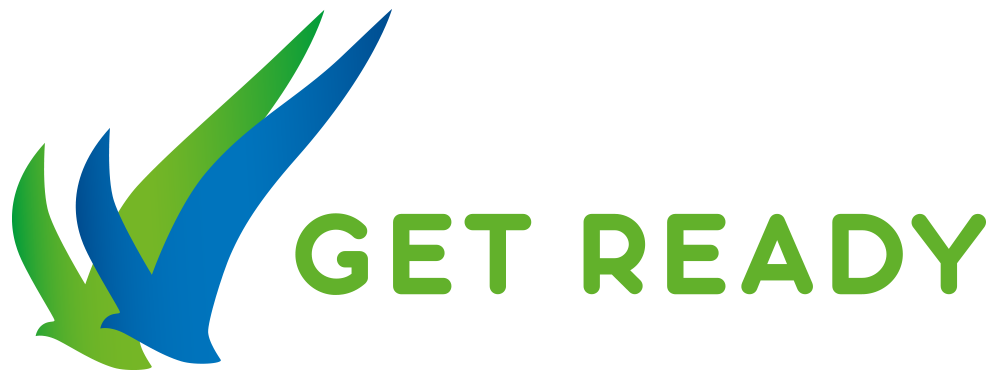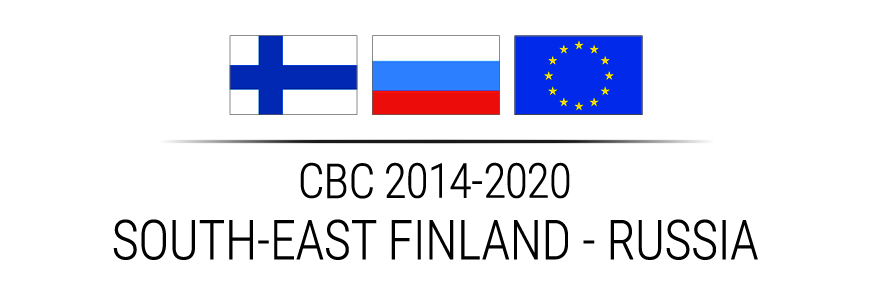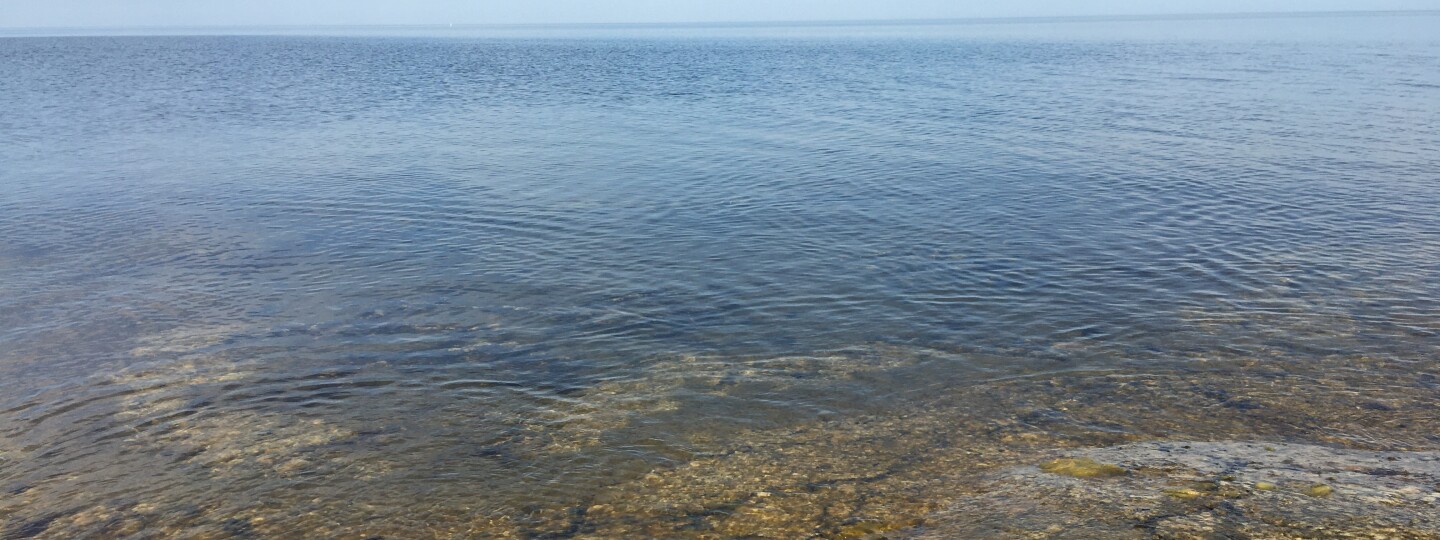The Eastern Gulf of Finland hosts a variety of human activities as well as sites of cultural, historical and natural values. The geographically small coastal and marine area is rich with major ports, busy waterways, blue economy businesses activities, and a wide variety of leisure activities. Inevitably, environmental challenges cannot be avoided. Therefore, the needs and interests of different actors need to be considered and balanced, natural and cultural values should be preserved, environmental impacts mitigated, and efforts made to improve the state of the environment where needed.
Best practices for sustainable shore use in the Eastern Gulf of Finland
The GET READY consortium has examined the best practices for sustainable shore use and coastal zone management against the key aspects of the HELCOM-VASAB guidelines for the implementation of the ecosystem-based approach in MSP, such as participatory planning, identification of ecosystem services and human-ecosystem interactions, alternative planning solutions, and precautionary principle. The Finnish Maritime Spatial Planning (MSP) process has served as an example of the implementation of the ecosystem approach on the national level. In addition, national legislation and planning practices have been examined through four cases, Kymenlaakso regional plan from the year 2013, Kotka-Hamina strategic general plan from the year 2018, Ust-Luga port, and avanport Bronka. The legislative frames, and the resulting planning practices, are very different in Finland and in Russia. However, the ecosystem-based management may be applied successfully within differing legislative and administrative frameworks, governance styles, and planning cases.
Identifying Ecosystem Services Illustrates Complex Relationships between the Environment and Human Well-Being
One of the most potential practices to strengthen the evidence-based sustainable management of the coastal and marine environment at the Eastern Gulf of Finland is the identification of the ecosystem services. They are the benefits which people obtain from ecosystems, such as food or water, marine scenery, recreational services, fish catch, as well as supporting services such as the industrial use of soil. Ecosystem services have largely been taken for granted. It is only due to severe environmental problems, such as the eutrophication of the Baltic Sea, that people have started to pay attention to the irreplaceable natural values. The Dasgupta Review, which has drawn worldwide attention, has brought up the value of nature as the cornerstone for the whole humankind - our economies, livelihoods and well-being alike. The Review suggests that natural capital should be injected into national accounting, bringing economics and ecology face to face. By changing the way we are used to think, act and measure success, we can help to save the natural world, and in doing so save ourselves.
The Ecosystem services have already been discussed in the context of the Gulf of Finland Year 2014, in the assessment on the environmental state of the Gulf of Finland by scientist from Estonia, Finland, and Russia. The Gulf of Finland Assessment suggests that visualization and valuation of ecosystem services would benefit the sustainable management of the Gulf of Finland as a common property resource. Giving a price tag for those services that are not automatically recognized as important components contributing to human well-being – such as aesthetic experiences or recreation – might help the society to recognize even better that the ecosystem is a provider of a wide array of services.
Ecosystem Services and Land-Sea Interactions – GET READY Perspective
The GET READY consortium has considered ecosystem services and their identification as one of the most potential practices of the ecosystem approach at the Eastern Gulf of Finland. Identification of ecosystem services enables to define and visualize the linkages between ecosystems and human well-being. This way, it can be used to support ecosystem-based management both on land and in the coastal and marine areas. Both Finland and Russia have collected extensive and long-term monitoring and research data concerning the Eastern Gulf of Finland, which could serve as a basis for taking the regional ecosystem services under examination in a wider perspective. Developing a comprehensive understanding about the use of the natural resources in the Eastern Gulf of Finland would be beneficial for the land-use and maritime planning processes in the future. The more so because the identification of ecosystem services also provides a link to land-sea interactions. Many activities taking place on land have an impact on the marine environment – and vice versa. The land-sea interactions which could be revealed during the identification process would be valuable in providing support to planning decisions about the region.
Getting Ready for the Cross-Border Challenges: Capacity Building in Sustainable Shore Use
Best practices for sustainable shore use and coastal zone management in the Eastern Gulf of Finland have been examined by a Russian-Finnish consortium of academic, scientific and business partners in a cross-border project GET READY – Getting Ready for the Cross-Border Challenges: Capacity Building in Sustainable Shore Use. GET READY aims at increasing the readiness of the cross-border region to the existing and expected challenges of sustainable environmental management in the Eastern Gulf of Finland. The project is financed by the South-East Finland – Russia CBC 2014-2020 programme, which is one of the three programmes implemented at the border regions between Finland and Russia under the European Neighbourhood Instrument (ENI).
Report on best practices for sustainable coastal zone planning in the Eastern Gulf of Finland will be published later in autumn 2021.
More information: Sari Nyroos, GET READY Project Coordinator at the University of Turku


